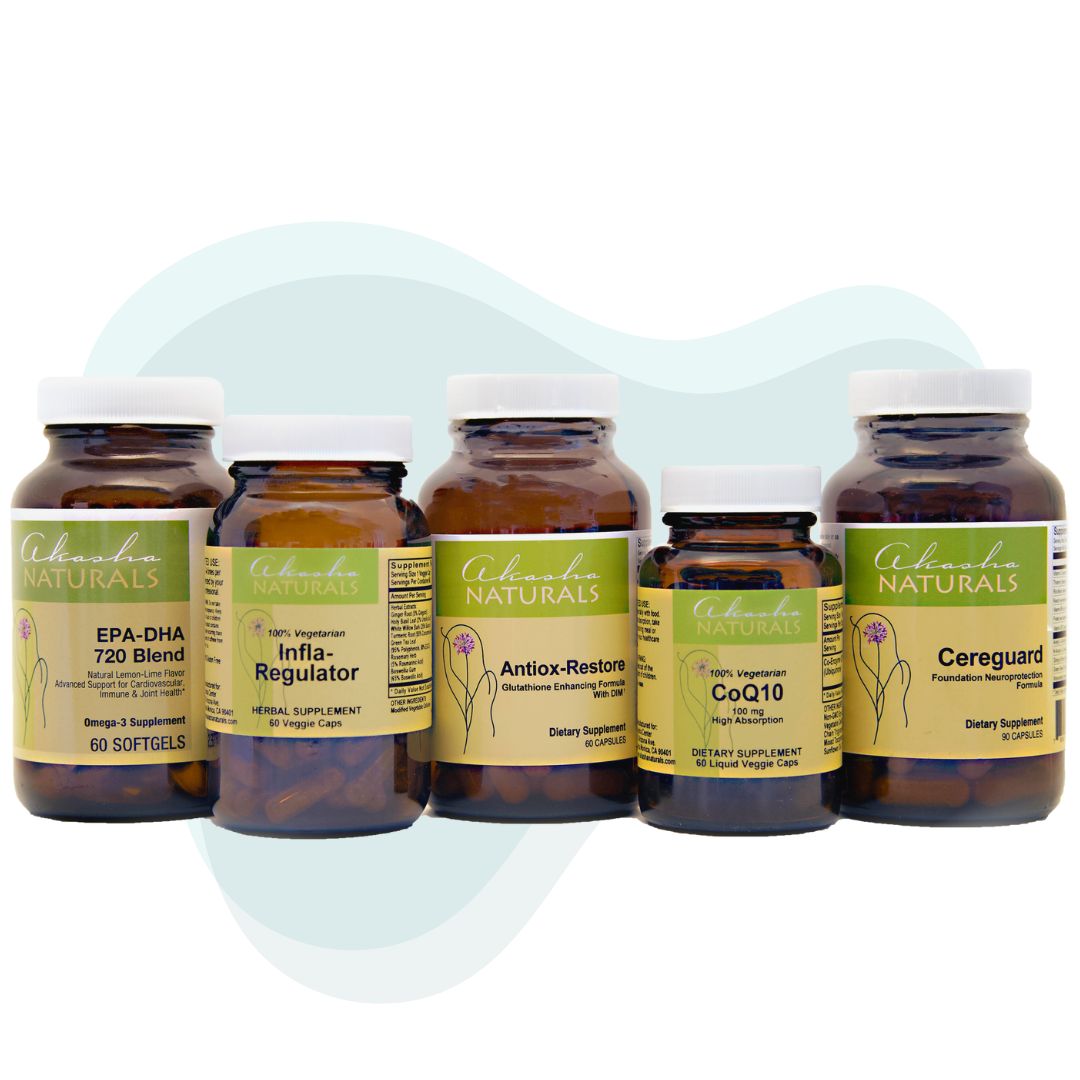By Melissa Belli, MD
As mothers prepare for delivery a lot of energy is focused on being ready for labor, from Lamaze to, prenatal yoga, self-hypnosis to doulas, hospital tours to birth plans. Often thinking about what comes after delivery seems overwhelming and clouded by the unknown. But once the delivery comes and goes the new mother arrives at a place that seems quite unmapped. She arrives home with the baby and the long hours of infant care begin. The fourth trimester requires a lot from parents. Establishing breastfeeding can be daunting and having a breastfeeding plan may turn out to be even more important than a birth plan. A few recommendations:
Lactation support:
1. Breastfeeding can be a lot harder than it looks, it takes weeks or months to get it under control, it is roller-coaster, with big dips and great highs, be patient, do not despair. A little preparation can go a long away in getting you through the rough spots. And planning to get support essential.
2. Start going to a La Leche League (LLL) or other lactation support group before you deliver, it will hook you up to the group and you will be more likely to want to go afterwards if it is not something completely new to you. You can often get more help in these groups than from lactation consultants and it is free.
3. Have the phone numbers of the lactation support leaders in your phone contacts; you may need it and won’t have much time to look them up when you have an emergency.
4. Get and read the LLL book; The womanly art of breast feeding before you deliver. If you can’t have it as a reference, there is a good trouble shooting section. This book is great because it does not have an agenda and does not claim to have the solution to all your problems. It is one of the best resources available on breastfeeding and a great contribution to humanity.
5. If you can afford it, have a postpartum doula or lactation consultant lined up to come to your house during the first three days after going home. Hospitals can set you up, LLL leaders can also recommend specific people in your area, The Pump Station in Los Angeles, has consultants that you can schedule appointments with. The Sanctuary in Mar Vista is another good resource. Arrange to see a breastfeeding support person soon after your delivery. If you have experienced breastfeeding friends, book them for a few visits during the first few days.
6. Protect your nipples. Most lactation consultants and most of the literature say that properly positioned breastfeeding does not hurt. I am not so sure about that, pain thresholds vary a lot among people and there are plenty of moms out there that say the first weeks can be at least uncomfortable. A little TLC to your nipples can prevent some problems.
Applying nipple balm frequently in the beginning can prevent and treat irritation due to the vigorous work out your nipples will be getting, it provides a little lubrication. In my experience, giving the baby one breast per feed and alternating breasts between one feed and the next allows your other nipple to recover a bit before the next suckling. Lansinoh or Motherlove (vegetarian) are good nipple ointments, apply them multiple times a day, they are natural and the baby can eat them.
Cool off the nipples with nursing gel pads, they truly provide “cool, soothing relief from nipple pain and trauma”. I started using them ASAP in the hospital on the recommendation of a three time mom, I was very thankful. Use them even before you have pain or sore nipples, prevention is key here.
7. Have a baby breast feeding station, a glider chair was a must for me, if not available find other such comfy seat that allows you to prop your feet up and has arm rests that give your arms support. You will be holding the baby for very long periods of time and your back and arms will need all the help they can get. Have plenty of pillows and small cushions to help you get comfortable in other places. Get the breastfeeding doughnut pillow, the soft simple ones are quite comfortable.
Have a table next to the breastfeeding station with a large water receptacle to drink, a box of tissues, baby nail clippers, your phone and some books and snacks. You will find yourself dying of thirst, hungry, with sleep baby on top and will be thankful to just be able reach out for water, food, phone or books. Babies’ nails grow about a 1 mm a day, you will have to cut them often and commonly while they are sleeping on top of you.
8. It may be wise to have a breast pump, if an electric one is not available at least have a manual breast pump available in case you need to pump a bit. If a nipple gets really sore, cracked, or you get a clogged duct, feeding may hurt quite a bit, a pump can help relieve pressure and give your nipples a little break.
Whatever challenges you encounter just remember this is one of the toughest jobs out there, is not easy, don’t hesitate to ask for all the help you can get. The best of luck!
Dr. Melissa Belli is a board Certified Integrative Physician t the Akasha Center for Integrative medicine.
She offers 15-minute complimentary phone consultations.
Please call 310.451.8880 to schedule your consultation. For more information about Dr. Belli’s practice:
- Email: drbelli@akashacenter.com
- Medical: www.melissabellimd.com
- Artistic: www.mellissabelli.com







